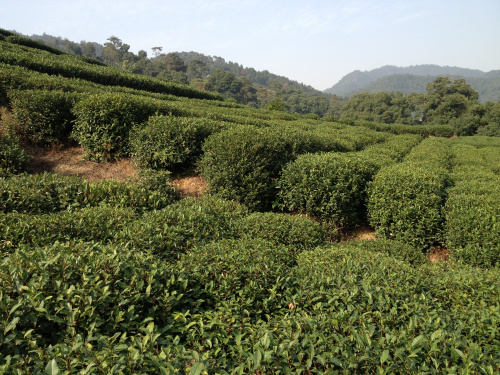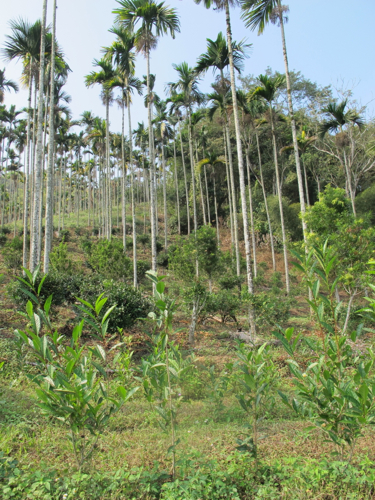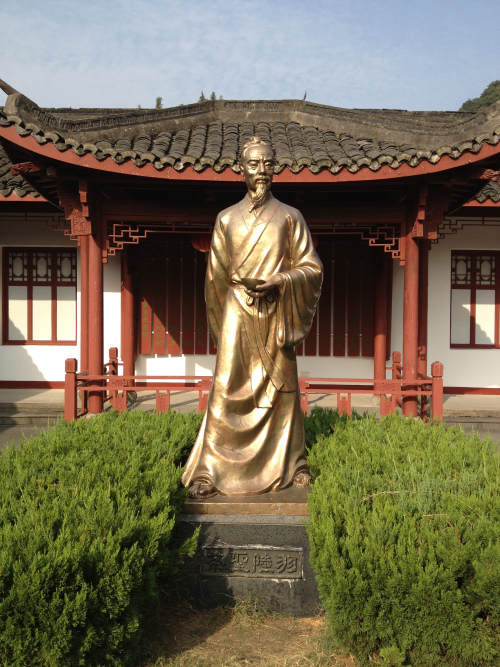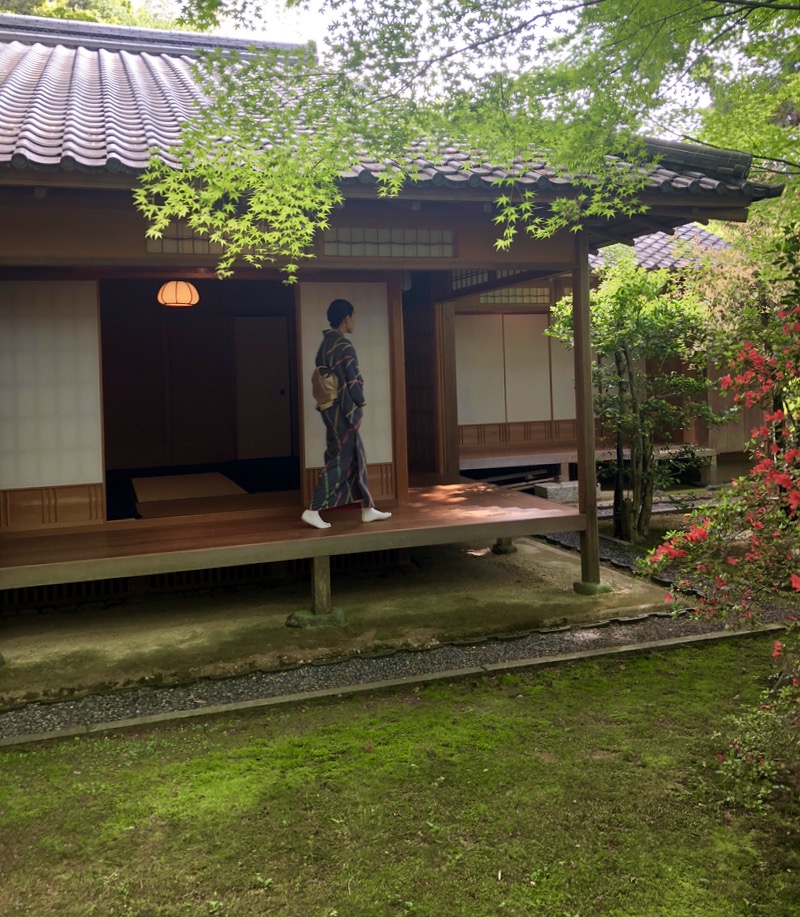History of Tea
According to bountiful legends tea came to existence because of an accident. My favorite story is by Shen Nong, the father of agriculture and herbal medicine in China, who found how various herb work by tasting and trying them all. Shen Nong had a superhuman power – his stomach was transparent so he could observe reactions each plant had on human body. But, one day he tried 72 different types of poisonous plants, that almost killed him. As he lied weakened on the ground, he noticed a pleasantly smelling leaves falling nearby him on the ground. Curious, he picked up some and chewed them. Soon he felt energetic again and kept eating more of the tea leaves, which cleaned all the toxins away from his body. In his book Herbal, Shen Nong notes: “Tea tastes bitter. Drinking it, one can think quicker, sleep less, move lighter, and see clearer”.

Believe the tale or not, one thing is sure – the Southwest of China (today mainly the Yunnan and Sichuan provinces) is, geographically, where the greatest of grandfathers of tea came from. Still, today over a thousand years old wild tea trees can be found in these areas bordering Laos.


Lu Yu: the Saint of tea
The chinese have also identified their “Saint of tea” Lu Yu (lived around 733-804 AD). Mr Lu wrote the first commentary on tea “The Book of Tea” that is well known around the world. Lu Yu was an orphan raised in a Buddhist temple by a monk named Zhiji. Nevertheless, he ran away from the temple while still a teenager. Luckily the boy was helped by an official who got him educated. Later, the long-bearded man travelled around China, learned about tea and wrote the famous book.

Tea and wine during festivities
In China, tea was served at banquets during the rule of the Wei (220-265) and Jin (265-420) dynasties. As Liu Tong in his book Chinese Tea writes “people preferred teas’ freshness and purity to wine’s violence and intoxication” at that time. The author further praises the benefits of tea and wine companionship “because tea can quench one’s drunkenness”. Later, many scholars and even emperors wrote poems about tea. Yet, tea was popular not only at the royal courts, but also at the temples, where the Buddhist and Taoist monks created one of the first ceremonies of tea drinking. Later the tea ceremonies – the ways tea was prepared, served and consumed – were tailored according to local Chinese minorities with each of them having their own specifics.

Tea crossing the Chinese borders
Tea spread across China and Asia mainly because of Buddhism and Taoism and later from the East to the West because of an abundant trade. At first Buddhist monks brought tea with them to Japan, then trade between Russia and China moved tea across the borders towards West. India and Middle East followed the suite. Tea was transported via the Tea-Horse Road leading from Yunnan through Tibet to the Western countries. The road was established because of the needs of the Chinese princess Wenchang, who married to Tibet, so she needed a frequent supply of tea.
The East India Company imported tea leaves from China since 1637. At first, green tea was imported to England, but because it perished and lost its quality, black tea soon took precedence. Tea became a major import item for Britain and facing a huge trade deficit with China, the British taxed tea heavily. The East India Company was thus looking for other countries to produce tea. India was under the British influence and the British governor managed to send one of his people to smuggle some tea seeds from China. These were planted mainly in Assam, Kumaon and later also in Sri Lanka. Today, India is currently the number one producer of tea in the world.


Modern tea
With the global economy blending ideas and millions of entrepreneurial minds, tea in the 21st century has many faces. The global giant Starbucks offers matcha (Japanese green tea powder) latte, steeped tea or chai (Indian black tea with spices). There are thousands of tea brands offering original blends such as chocolate tea, marshmallow or gingerbread tea. Tea rooms became the new cafés and hangouts for creative artists. There, tea is prepared and sipped properly and the choice can often be wider than the breadth of wine lists at most restaurants.
What more ICED TEA is the new Coca Cola. The mastermind country behind the most original iced teas is Taiwan. There, milk tea with tapioca starch based round pearls known as bubble tea (also called pearl tea) is served iced with additional jelly, pudding and many other add-ons, resulting to more a liquid desert. From Taiwan the frenzy swept China, Japan, Singapore, Philippines, Thailand, Czechia, UK and even Los Angeles. At the LA-based organic Urth Café you can also buy finest teas as well as their own tea blends. New York, London and San Francisco are flooded with creative bubble tea joints.
I must admit, I am not always a purist – I got addicted on these fun, frothy, iced teas. Whether I am in Singapore, New York or in Los Angeles, I often end up buying at least one each week. At home though I savour my daily tea ritual mindfully every morning and sometimes with some chocolate also in the afternoon.

